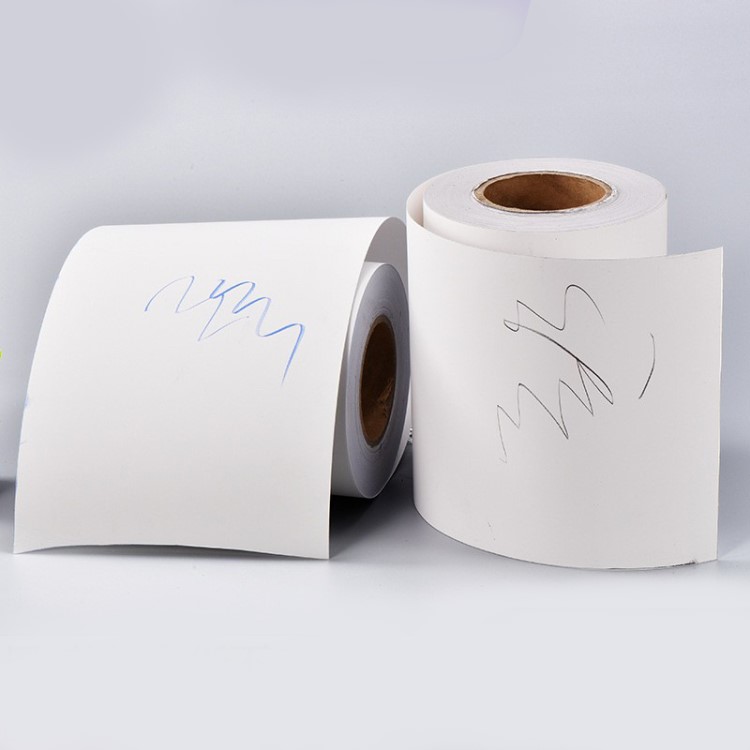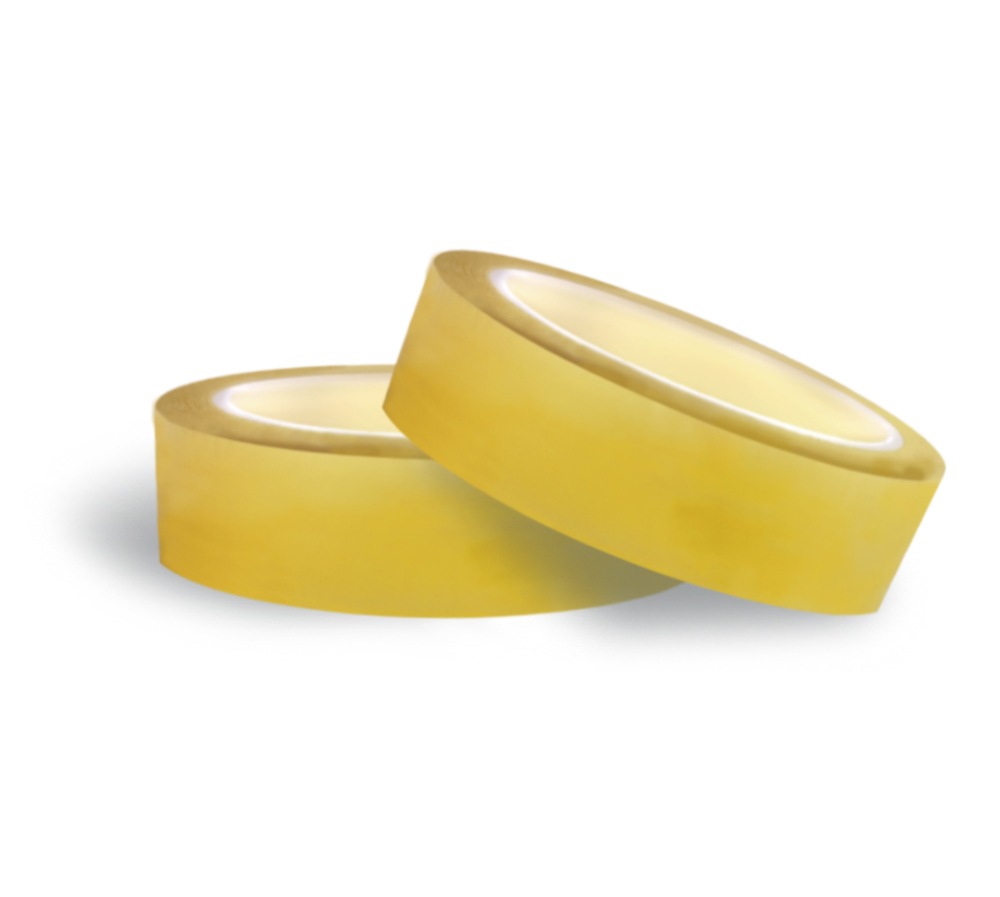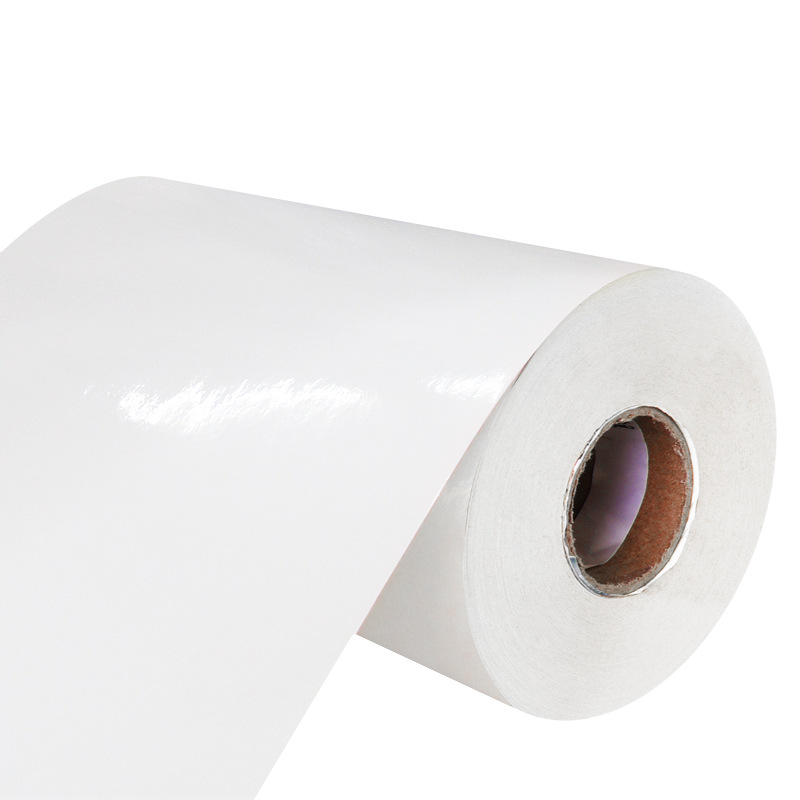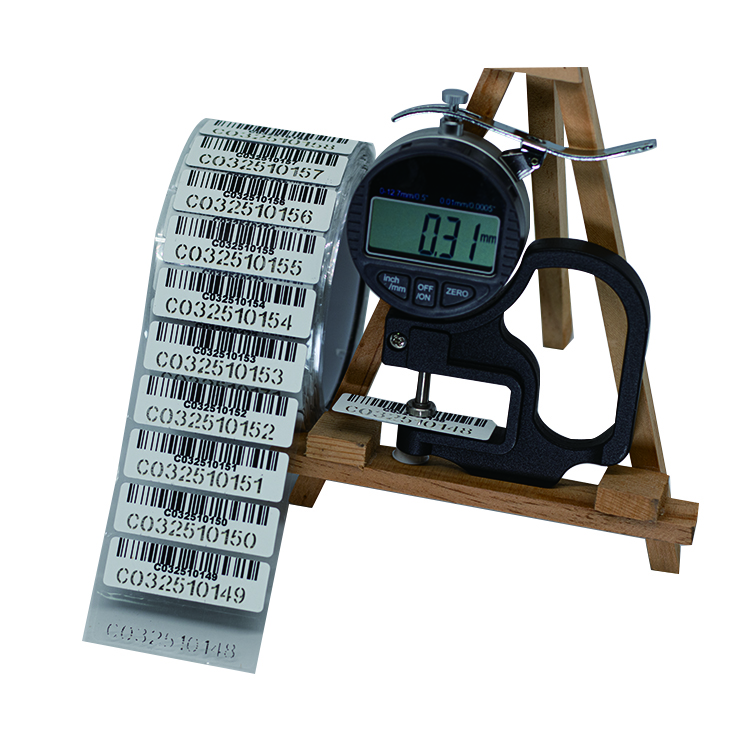Adhesive label printing
Small adhesive labels are often an important reflection of a company's image and brand, playing a crucial role in showcasing product quality and arousing consumer desire to purchase. So, when choosing labels or self-adhesive labels, how can the printing process of self-adhesive labels avoid the occurrence of adhesive residue
1. For cylindrical bottles, especially those with a diameter less than 30MM, careful selection of materials is necessary.
2. If the label size is too large or too small, attention should be paid to conducting actual tests.
3. If the object being pasted is an irregular surface or even a spherical surface, there are specific considerations for the type, thickness, and adhesive of the label material.
4. Some rough surfaces such as corrugated cardboard boxes can affect labeling, and the gloss on the surface of corrugated cardboard boxes can also have an impact.
5. Automatic labeling machine labels, and labeling tests can be conducted if necessary.
6. Even if the label is labeled at room temperature, attention should be paid to whether it has experienced high temperatures during export transportation and use.
7. The characteristics of adhesives can be affected by environments with high water or oil content, and attention should be paid to the environment and temperature for label labeling.
8. Sometimes plasticizers may seep out from the surface of soft PVC, so special attention should be paid to selecting the appropriate adhesive.
How to choose adhesive label printing
Color printing of self-adhesive labels is commonly used for mid to high end color printed paper boxes, color boxes, color brochures, photo albums, color pages, books, periodicals, monthly magazines, product labels, self-adhesive printing, various high-end paper bags, paper product imports and exports, color packaging boxes, posters, advertising brochures, gift bags
1. Material Characteristics
PVC material has good plasticity and weather resistance, so it can be used in the printing, food packaging, and toy industries; LDPE/PET materials have good transparency and are suitable for surface decoration of most products; In addition, due to its good chemical resistance, LDPE is suitable for use in electronics, electrical instruments, and automobiles; LDPE/PET can be used to make labels in various shapes. Suitable for printing on various paper and other materials, and can also be used to make the surface of soft products; So when using PE material to print labels, adhesive label printing manufacturers generally choose double-sided printing; Label products are mainly used in the field of food processing, especially in dairy products, meat and other foods; In addition, due to the fact that PE material does not contain volatile components, has low heat resistance, is inexpensive, and has good plasticity, it is widely used in various plastic containers; So economically speaking, plastic products are still widely used
2. Printing methods: Die cutting and embossing inks and printing methods:
① Die cutting method: This is the most commonly used method. The products that need to be printed are die cut on the same sheet using smaller network cables. Due to the fact that the ink required for die-cutting is a liquid emulsion, its production efficiency is high and the quality is stable
② Embossing, also known as relief printing, indentation printing, or screen printing. Its specific method is similar to die-cutting, but its characteristic is that the printing plate is directly printed on the surface of the object, but it requires a certain pressure to be applied to the substrate, generally between 10-20 mm. Imprint ink mainly includes ordinary ink, special pigments, and organic pigments (all three main pigments have certain functions during use); But generally speaking, the pigments contained in ink have a certain adhesion to the surface of the printing plate, and the pigments in the ink will disperse on the paper and adsorb onto the printing plate. So there are high requirements for these factors, and the ink used should not be too much or too thick. Printing that requires cleaning and drying in the air for a period of time after printing before wiping is called die cutting
Usually, a scraper is used to scrape off the surface of a piece of paper to obtain the desired printing plate content. For special occasions where there are no special requirements for ink, solvent-free ink (excluding solvents) can also be used for printing, such as transparent films and other inks that have a certain affinity for various organic solvents in the ink (such as polyvinyl alcohol or polyamide), and inks made in solvent-free ink without solvents (such as benzene resin, ethyl acetate, etc.); Sometimes solid solvents or water are used as the base ink to achieve surface printing of a special material formed on the adhesive surface, as well as other ink printing methods with special requirements. This type of ink has certain environmental requirements, such as non corrosiveness, heat resistance, printing adaptability, and non water absorption, all of which should meet the required conditions; It can also be directly printed after die-cutting that is similar to the appearance of the product; Direct embossing can also be used for printing. Die cutting ink does not contain solvents or additives (such as water, solvents, petroleum, etc.). Organic solvents do not contain solvents (such as benzene, styrene, etc.), volatile substances such as organic solvents, and oxidants; Belonging to harmful substances of organic solvents

What are the characteristics of kraft paper adhesive labels?
1. Environmental Protection: Natural kraft paper is used, which can be recycled and reused, and the adhesive is environmentally friendly and pollution-free.
2. Durability: Strong durability, waterproof, oil resistant, UV resistant, suitable for long-term use.
3. Aesthetics: The appearance is simple and natural, with exquisite printing that meets aesthetic needs.
4. Practical: Suitable for various materials, strong adhesion, convenient and fast.
5. Waterproof and heat-resistant: Suitable for humid and high-temperature environments, with stable performance.
6. High strength: tear resistant, wear-resistant, folding resistant, ensuring stability.
Widely used in industries such as food, logistics, home furnishings, electronics, and healthcare. In summary, kraft paper adhesive labels have been widely used in various industries such as food, logistics, home decoration, electronic products, and healthcare due to their environmental friendliness, durability, aesthetics, and practicality.
How to improve the stability of ink color in adhesive printing?
The improvement of ink color stability in adhesive printing is an important part of ensuring printing quality. Here are some suggestions to help improve ink color stability:
Firstly, pre adjustment work is crucial. Before starting formal printing, the ink volume of each color group ink hopper should be roughly adjusted based on the sample draft or the graphic area of the printing plate. This helps maintain the continuity of ink color during the printing process. At the same time, it is necessary to ensure that Feida can reliably, continuously, and stably transport paper to avoid uneven ink color caused by paper transport problems. In addition, pressure regulation of water and ink rollers is also crucial. Correct pressure settings can ensure that the graphic and textual parts of the printing plate receive continuous, uniform, and appropriate amounts of ink, thereby improving ink color stability.
Secondly, the balance between ink and water, as well as the handling of materials, are also factors that cannot be ignored. In the printing process, it is necessary to flexibly adjust the ratio of wetting solution and ink according to factors such as plate area, paper surface roughness, ink additives, printing speed, and temperature and humidity, in order to achieve a balance between ink and water. For the problem of ink adhesion caused by low surface tension of the material, appropriate surface treatment such as corona discharge or primer coating can be applied to the material before printing to improve the adhesion of the ink.
In addition, the work attitude and skill level of printing operators also have a significant impact on ink color stability. Operators should have good work habits and a sense of responsibility, strictly follow operating procedures, and adhere to good traditional habits such as "three levels" and "three diligence". By improving work initiative and skill level, operators can better control the printing process and ensure the stability of ink color.
In summary, improving ink color stability in adhesive printing requires starting from multiple aspects such as pre adjustment work, balance between ink and water, material handling, and operator quality. Only by considering these factors comprehensively can we ensure that the quality of printed materials reaches its optimal state.
We offer comprehensive technical support, including free professional labeling solutions, advice on label materials and adhesive selection, as well as online/offline assistance from professional software and hardware engineers. Service email: andy@ownlikes.cn. In pre-sales, we leverage our extensive experience in specialty labeling projects to provide clients with the most suitable hardware solutions. Additionally, all our label barcode printers and scanners come with a three-year free warranty, demonstrating our confidence in our products.






This site is protected by reCAPTCHA and the Google Privacy Policy and Terms of Service apply.